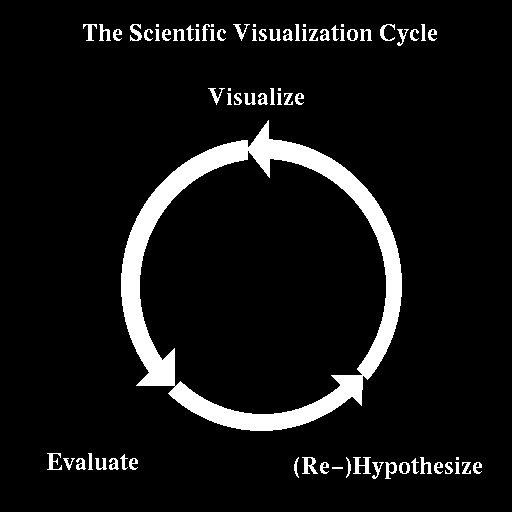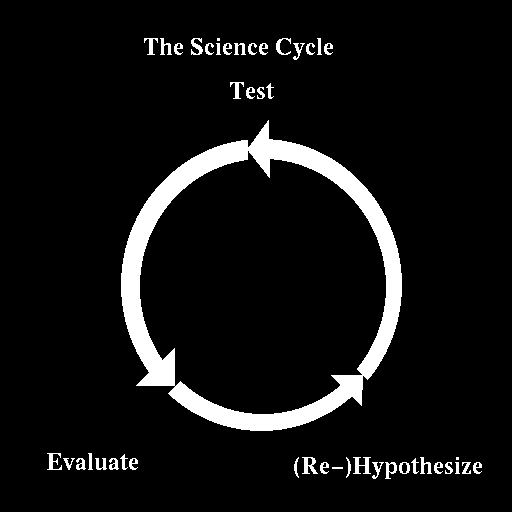

Science is a universe of discourse. One proposes an hypothesis, then attempts within the known logical universe to consistently prove this hypothesis.
In the empirical sciences, one wishes to test the hypothesis as accurately as possible against the actual laws of nature.
Traditionally, this has meant constructing an experimental apparatus which acts upon nature, and another apparatus to measure the affect of our action.
Often our measurement apparatus is an extension of the human senses - a machine with sensitivity and precision beyond the range of our own senses. We seek to determine objective truth, if such a thing exists, which lies beyond the illusion of the senses. We also need in our scientific measurement to account for the effect of the measurement process upon the actual quantities being measured.
Science becomes more abstract than simple experimentation and observation. It is a cyclical process of evaluating test results, re-tuning the hypothesis and the testing method.
Given an expense of building and re-building experiments and measuring devices, science has lately turned to the digital computer to attempt to accurately simulate the dynamics of nature in order to predict what kind of test we should devise to learn the most reliable version of truth from nature.

Given larger and faster computers, we are soon faced with a virtual fire hose of computed data results. No one can assimilate information in this quantity.
Concretization in the form of time-varying, three-dimensionally represented graphs are used to glean meaning from computed results. This is known as Visualization in Scientific Computing or Scientific Visualization.
In the Science Cycle, Testing and Evaluation become Simulation and Visualization in the Virtual Laboratory of the interactive, visual computing workstation.
I propose that the best realm of interpretation is the physical three-space we occupy. Why keep our visualization in the vacuum behind the screen of the Cathode-Ray tube? Rapid Prototyping casts computer-rendered abstraction into direct sensory experience.